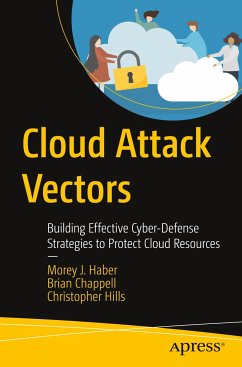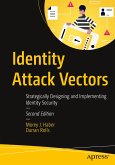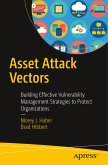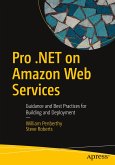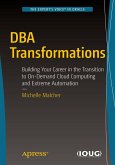Cyberattacks continue to increase in volume and sophistication, targeting everything owned, managed, and serviced from the cloud. Today, there is widespread consensus-it is not a matter of if, but rather when an organization will be breached. Threat actors typically target the path of least resistance. With the accelerating adoption of cloud technologies and remote work, the path of least resistance is shifting in substantive ways. In recent years, attackers have realigned their efforts, focusing on remaining undetected, monetization after exploitation, and publicly shaming organizations after a breach.
New, innovative, and useful products continue to emerge and offer some cloud protection, but they also have distinct limitations. No single, standalone solution or strategy can effectively protect against all cloud attack vectors or identify all malicious activity. The simple fact is that the cloud is based on a company's assets being offered as services. As a result, the best security any organization can achieve is to establish controls and procedures in conjunction with services that are licensed in the cloud.
Cloud Attack Vectors details the risks associated with cloud deployments, the techniques threat actors leverage, the empirically-tested defensive measures organizations should adopt, and shows how to improve detection of malicious activity.
What You'll Learn
Know the key definitions pertaining to cloud technologies, threats, and cybersecurity solutionsUnderstand how entitlements, permissions, rights, identities, accounts, credentials, and exploits can be leveraged to breach a cloud environmentImplement defensive and monitoring strategies to mitigate cloud threats, including those unique to cloud and hybrid cloud environmentsDevelop a comprehensive model for documenting risk, compliance, and reporting based on your cloud implementation
Who This Book Is For
New security professionals, entry-level cloud security engineers, managers embarking on digital transformation, and auditors looking to understand security and compliance risks associated with the cloud
New, innovative, and useful products continue to emerge and offer some cloud protection, but they also have distinct limitations. No single, standalone solution or strategy can effectively protect against all cloud attack vectors or identify all malicious activity. The simple fact is that the cloud is based on a company's assets being offered as services. As a result, the best security any organization can achieve is to establish controls and procedures in conjunction with services that are licensed in the cloud.
Cloud Attack Vectors details the risks associated with cloud deployments, the techniques threat actors leverage, the empirically-tested defensive measures organizations should adopt, and shows how to improve detection of malicious activity.
What You'll Learn
Know the key definitions pertaining to cloud technologies, threats, and cybersecurity solutionsUnderstand how entitlements, permissions, rights, identities, accounts, credentials, and exploits can be leveraged to breach a cloud environmentImplement defensive and monitoring strategies to mitigate cloud threats, including those unique to cloud and hybrid cloud environmentsDevelop a comprehensive model for documenting risk, compliance, and reporting based on your cloud implementation
Who This Book Is For
New security professionals, entry-level cloud security engineers, managers embarking on digital transformation, and auditors looking to understand security and compliance risks associated with the cloud

